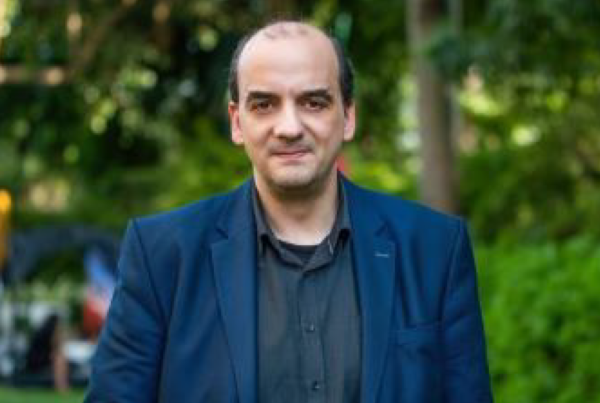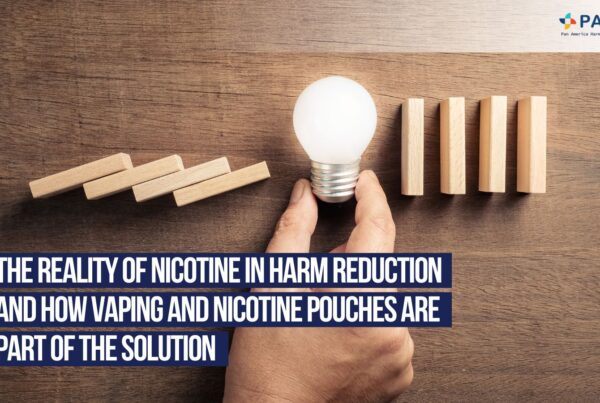
Across the world, indigenous populations have remarkably high rates of tobacco use compared to non-Indigenous groups. Since the early 1980s, American Indians and Alaska Natives have maintained the highest rates of commercial cigarette smoking of any racial or ethnic group in the United States.
According to data, more than 1 in 5 (22.6%) of all American Indians and Alaska Natives smoke commercial cigarettes, and compared to other racial/ethnic groups, they have over six times higher rates of smoking-related cancers, including lung cancer.
A lack of efficacious smoking cessation interventions for American Indians and Alaska Natives continues to contribute to the high smoking (and low quitting) rate. Quitting aids created for the general population not only do not acknowledge the traditional role of tobacco in Indigenous communities but also create a negative image of tobacco that is incongruent with traditional views of tobacco for many Indigenous people in America.
Why harm reduction?
Today, an estimated 56% of American Indian and Alaska Native people report wanting to quit smoking. Recommendations for lowering the high rate of smoking-caused cancer and heart disease by reducing tobacco use can be achieved by better tailoring tobacco cessation with harm reduction programs.
Tobacco harm reduction initiatives understand the limitations of underserved communities where smokers encounter barriers to quitting successfully. Connecting every person who wants to quit smoking with affordable, less harmful nicotine products is essential.
Alternative products have been developed with the knowledge that the harm from traditional cigarettes is caused by the burning of tobacco, which releases thousands of disease-causing toxicants. When readily available, they act as an effective cessation tool and provide smokers with the option to choose safer alternatives over cancer-inducing cigarettes.
On Indigenous Peoples Day and every day, the Pan American Harm Reduction Alliance (PAHRA) is working to elevate tobacco harm reduction as a human rights issue.
Tags
Popular Posts
Quick Links
Related Posts
 Paradigm Shift Needed In Pan America’s Approach to End Smoking
Paradigm Shift Needed In Pan America’s Approach to End Smoking
Paradigm Shift Needed In Pan America’s Approach to End Smoking
 Tobacco Harm Reduction Seminar in Brazil
Tobacco Harm Reduction Seminar in Brazil
Tobacco Harm Reduction Seminar in Brazil
 Systematic Review of Vaping Flavours | Dr. Konstantinos Farsalinos
Systematic Review of Vaping Flavours | Dr. Konstantinos Farsalinos





